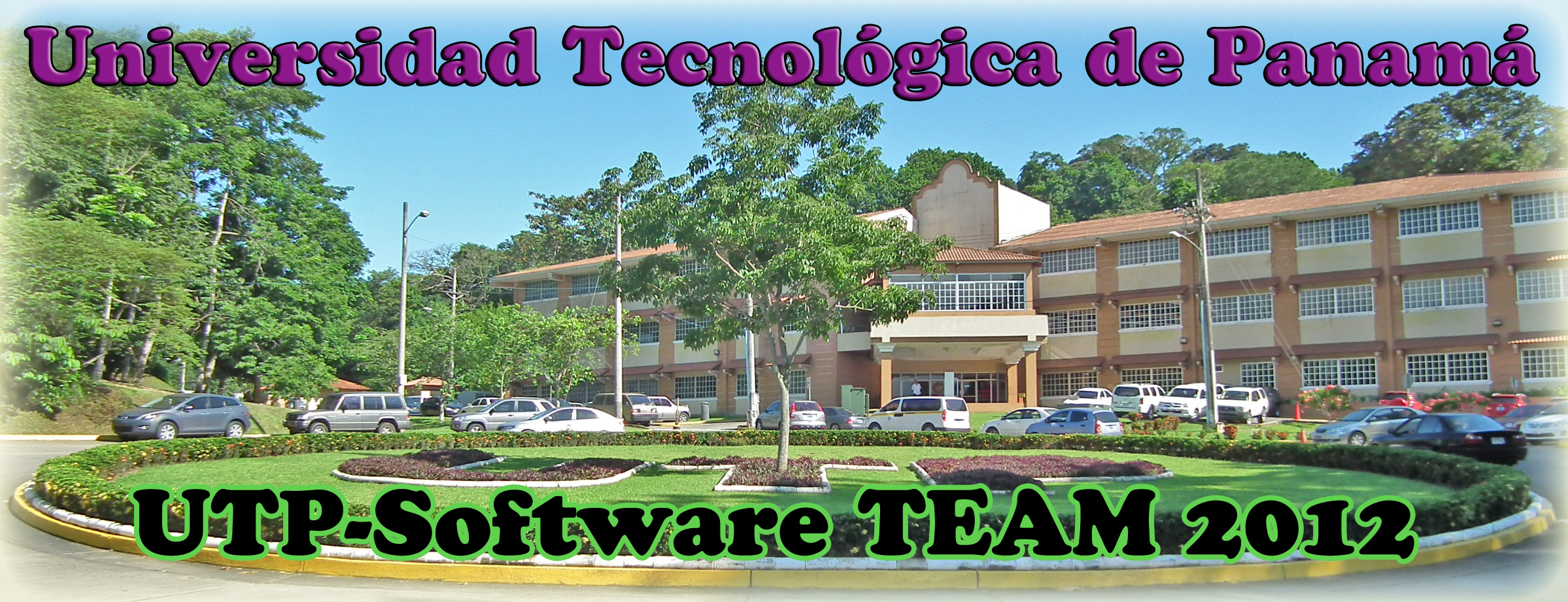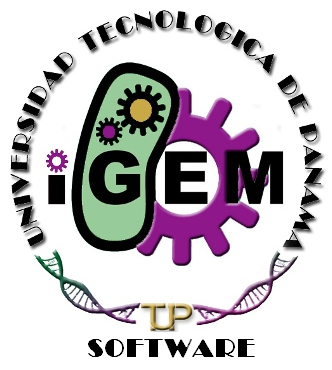From 2012.igem.org
(Difference between revisions)
|
|
| Line 6: |
Line 6: |
| | | | |
| | | | |
| - | == Next S<sup>2</sup>MT version == | + | == Next S<sup>2</sup>MT Version == |
| - | | + | |
| - | | + | |
| | | | |
| | == Project Details == | | == Project Details == |
Revision as of 11:31, 26 September 2012
|
|
S2MT Tutorial
Write here the tutorial.
Next S2MT Version
Project Details
Steps Followed to design the primers:[1]
- Both the mutagenic primers must contain the desired mutation and anneal to the same sequence on opposite strands of the plasmid.
- Primers should be between 25 and 45 bases in length, and the melting temperature (Tm) of the primers should be greater than or equal to 78°C. The following formula is commonly used for estimating the Tm of primers:
Tm = 81.5 + 0.41(%GC) − 675 / N - where N is the primer length in base pairs.
The desired mutation (deletion or insertion) should be in the middle of the primer with ~10–15 bases of correct sequence on both sides.
The primers optimally should have a minimum GC content of 40% and should terminate in one or more C or G bases.
Primers need not be 5´ phosphorylated but must be purified either by fast polynucleotide liquid chromatography (FPLC) or by polyacrylamide gel electrophoresis (PAGE). Failure to purify the primers results in a significant decrease in mutation efficiency.
It is important to keep primer concentration in excess. Stratagene suggests varying the amount of template while keeping the concentration of the primer constantly in excess. References
[1]. Stratagene. QuikChange™ Site-Directed Mutagenesis Kit. Catalog #200518. Revision #108005h. Available in:
[http://web.physics.ucsb.edu/~deborah/pro/pro_pdf/Stratagene%20QuikChange.pdf].
|
 "
"

